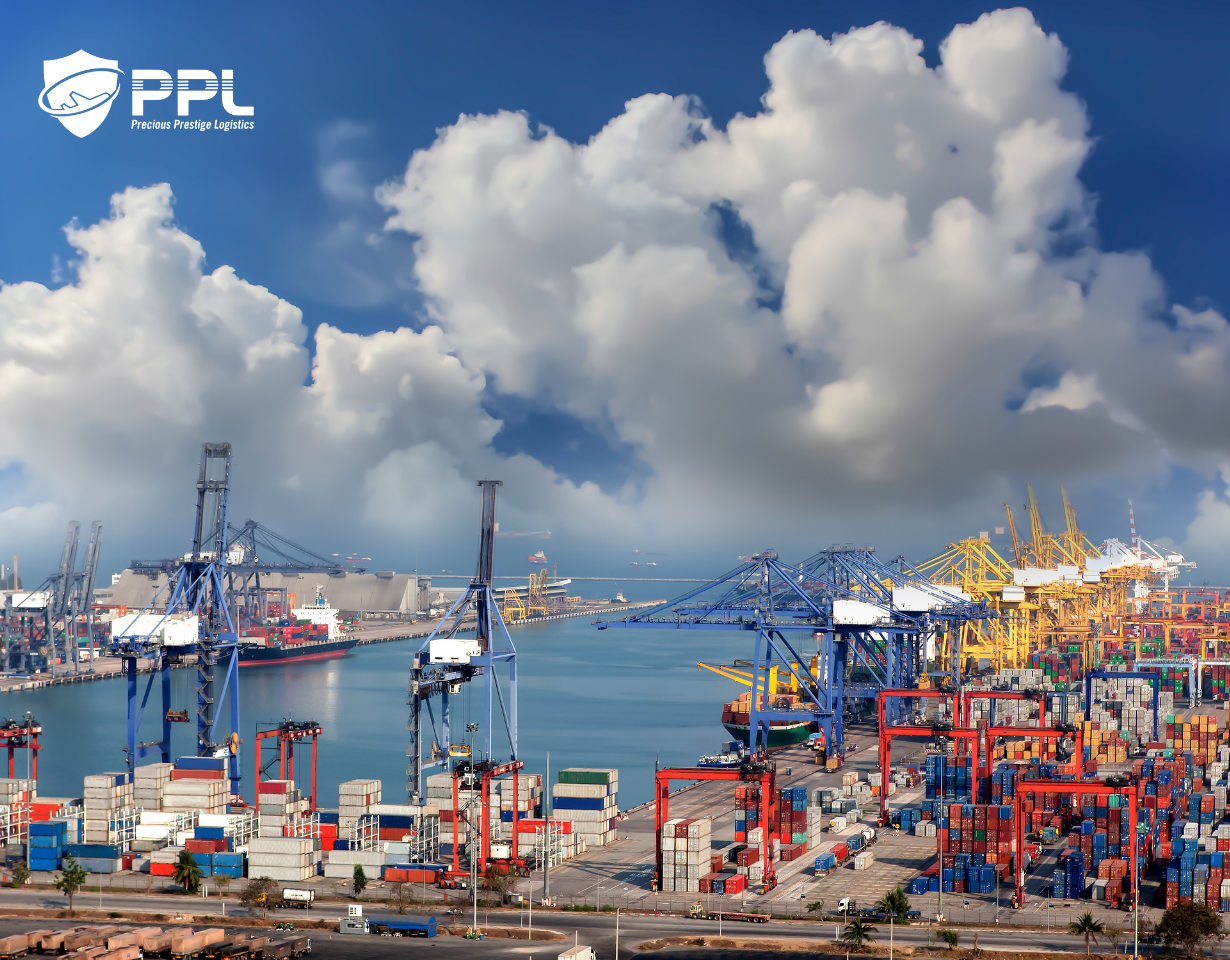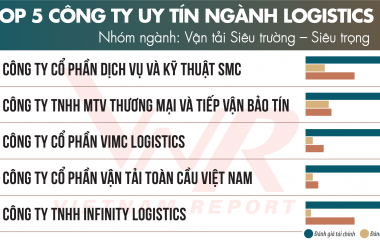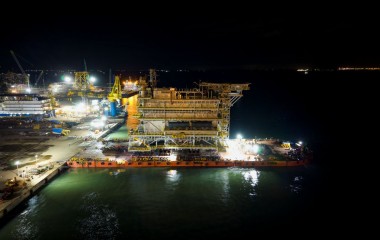Logistics development in the Southeast region - Large scale, many "bottlenecks"
The Southeast is considered a potential and attractive market for the logistics industry to develop, but the reality shows that the region's logistics industry still has many "bottlenecks".
The Southeast is considered a potential and attractive market for the logistics industry to develop, but the reality shows that the region's logistics industry still has many "bottlenecks."
Therefore, in the coming time, in order to properly identify potentials as well as overcome difficulties and challenges, localities in the region together with experts and policymakers need to pay special attention and orientate the development process. planning, long-term, and stable development in order to increase the competitiveness of the logistics industry.
The logistics industry in the Southeast is considered to have a lot of potential and room for national and international development. However, at present, this industry has many "bottlenecks" that slow down the pace of development in terms of quality, service, and the number of businesses in the industry.

Great potential
The Southeast is the economic region accounting for the largest proportion of the country, vibrant in import and export. The region's logistics industry also plays an important role in this process, especially the loading and unloading of goods through the seaport infrastructure system.
Currently, the region has the largest seaport cluster in the country (Tan Cang Cat Lai port, Cai Mep-Thi Vai port cluster) and a variety of modes of transport by road, rail, waterway, and air connecting to the whole country. with a diversified warehouse system; 86 industrial zones developed together with goods from southern provinces and cities, creating an abundant source of goods for import and export activities through the region's port cluster.
In addition, the region also has 6 public navigational channels in operation, including Saigon-Vung Tau navigational channels, Vung Tau-Thi Vai navigational channels, Song Dinh navigational channels, Soai Rap navigational channels, and cargo channels. Dong Tranh-Go Gia seaport, Dong Nai navigable channel. In addition to the seaport system, the region also has Tan Son Nhat international airport and Long Thanh Airport under construction.
At the Conference "Logistics in the Southeast: Sharing and Perspectives from Experts" organized by the Center for Trade and Investment Promotion of Ho Chi Minh City in collaboration with the Vietnam International Arbitration Center and the City Logistics Association. Recently held in Ho Chi Minh City, experts and scientists affirmed that the logistics industry is one of the fastest growing and most stable industries of Vietnam with an average growth rate of 14-16%/year and a scale is about 40-42 billion USD.
In the Southeast, the region has about 14,800 logistics service providers, accounting for nearly 50% of the total number of logistics enterprises in the country. It is concentrated mainly in Ho Chi Minh City with more than 11,000 enterprises, Binh Duong with nearly 1,700 enterprises, and Dong Nai with more than 1,200 enterprises. The region handles 45% of the total volume of goods and more than 60% of the container volume of the country through the port system of Cat Lai (Ho Chi Minh City), and Cai Mep-Thi Vai (Ba Ria-Vung Tau).
Expert Nguyen Tan Thanh (Ho Chi Minh City University of Transport), assessed that out of a total of more than 10 million TEUs of containers circulating throughout the country, the Southeast region alone reached 7 million TEUs. The region's air traffic accounts for more than 700,000 tons of the country's total international and domestic air traffic of more than 1 million tons. Thus, it can be seen that the transport volume of the Southeast region is very large.
According to Mr. Nguyen Tan Thanh, in 2023, China will return to business as usual, which will boost trade demand between the two countries. At the same time, as Chinese consumers spend more, demand for Vietnamese-made products such as agricultural products and seafood will increase. This is an opportunity for the logistics industry of the Southeast region and the whole country.
Difficult husband difficult
Experts assess that the region's logistics industry currently has many "bottlenecks," notably infrastructure.
According to expert Nguyen Tan Thanh (Ho Chi Minh City University of Transport and Communications), road transport infrastructure has not met the demand because the roads are small, narrow, and have limited loads (especially for containers and cargo construction). Traffic lacks connection between the railway-road-inland waterway. The investment in these methods is not synchronized, often different, and lacks consistency in both goals and implementation time plans.
Some key projects such as Long Thanh Airport (phase 1), port relocation in Ho Chi Minh City area, upgrading existing railway lines, and technical infrastructure works to overcome flooding ... still behind schedule in modernizing existing railway lines and technological infrastructure to overcome flooding. Therefore, up to now, the region still lacks a national railway connecting the industrial centers in Binh Duong and Dong Nai to the Cai Mep-Thi Vai deep-water port cluster.
Transport infrastructure connecting port clusters with the southern key economic region and the Mekong River Delta has not kept pace with the development trend of seaports and the region's socio-economic development. The coordination of development of the southern key economic region is not reasonable to exploit the potential and strengths of each locality.
For example, most import and export containers through Ba Ria-Vung Tau port use inland waterway barges to Ho Chi Minh City and surrounding areas for customs clearance and only a few use roads. and do customs procedures in Ba Ria-Vung Tau province. This has put great pressure on the road transport system in Ho Chi Minh City and limited the budget revenues of the provinces.
Related Posts
New Posts
- Top 10 & Top 5 Reputable Logistics Companies in 2025
- NOTICE OF NATIONAL DAY HOLIDAY – SEPTEMBER 2ND PROUD TO BE VIETNAMESE
- PPL successfully performs site-move and load-out of record-breaking 4,000-ton offshore substation topside fabricated by PV Shipyard
- HOLIDAY ANNOUNCEMENT: REUNIFICATION DAY & INTERNATIONAL LABOR DAY (April 30 - May 1, 2025)
- ANNOUNCEMENT OF HUNG KINGS’ COMMEMORATION DAY 2025
- PTSC Thanh Hoa and PPL Sign Strategic Partnership


_cr_380x240.jpg)


_cr_380x240.png)

Comments